There’s something primal that kicks in when you’re face-to-face with a creature that could end you. Heart pounding, time slowing, instincts screaming—run. But some people don’t run. Whether by sheer luck, survival smarts, or an unshakable will to live, they managed to outwit apex predators and walk away with a story most of us only see on nature docs.
These aren’t just animal encounters—they’re brushes with death, frozen in time and etched into memory. Here are 10 people who stared down a dangerous predator and somehow made it out alive.
1. The Hiker Who Played Dead With a Grizzly
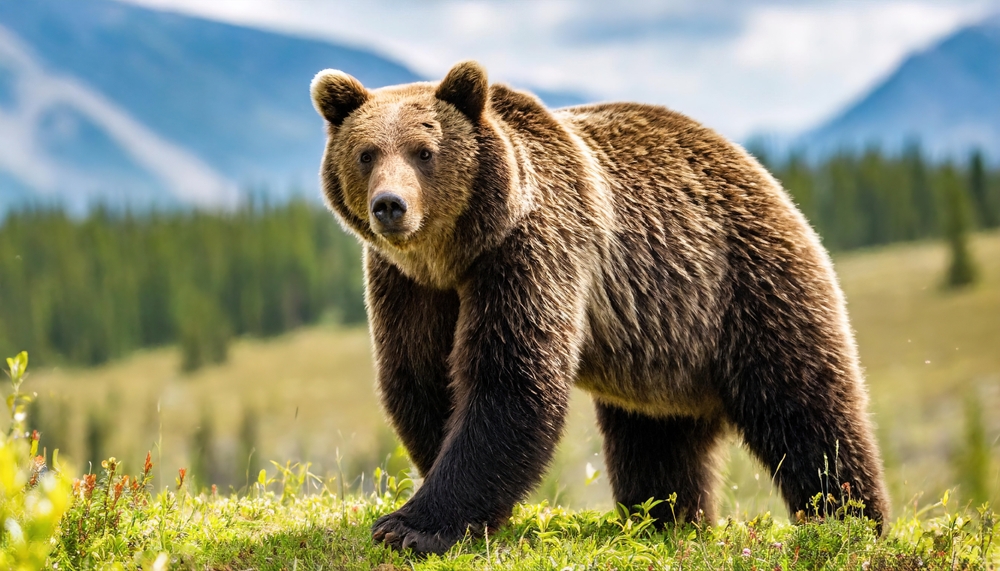
Mark Johnson was backpacking in Yellowstone when a grizzly sow with cubs charged him from 30 yards. Remembering advice from rangers, he dropped facedown and stayed perfectly still as the bear sniffed and pawed at him. According to National Park Service records, the bear stood on him for what felt like hours before losing interest.
Johnson suffered cracked ribs but survived by resisting the urge to fight back. The bear eventually wandered off, allowing him to slowly retreat. Wildlife experts later confirmed it was a defensive attack—the mother had smelled him before seeing him and perceived a threat to her cubs. His calm response likely saved his life. As noted by Vocal Media, playing dead is often the best strategy for surviving grizzly attacks.
2. The Photographer Who Faced a Charging Elephant
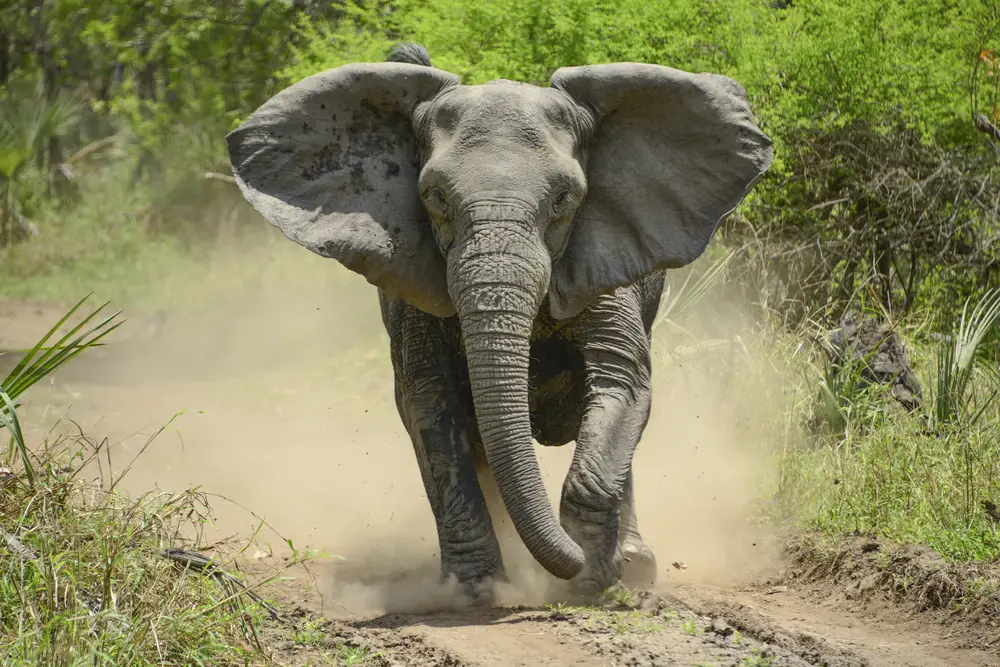
Wildlife photographer Lina Mbatha found herself between a bull elephant and its watering hole in Botswana. When it charged, she stood her ground and began talking calmly, avoiding sudden movements. Her footage shows the elephant stopping just feet away, trunk raised as it evaluated her.
Mbatha credits her survival to understanding elephant body language—she recognized it was a mock charge meant to intimidate rather than kill. After a tense minute, the elephant lost interest and walked past. Her experience demonstrates how knowledge of animal behavior can defuse even the most terrifying encounters. According to Healthcare Utah, remaining calm and giving animals space is critical during wildlife encounters.
3. The Kayaker Circled by Great Whites
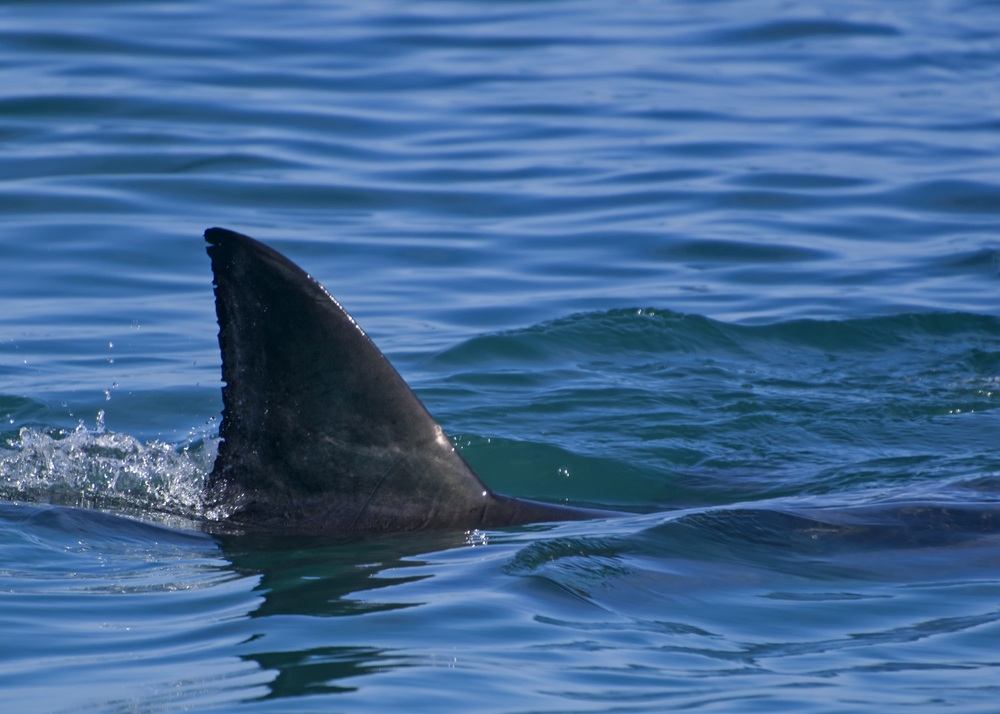
Off the coast of South Africa, marine biologist Ryan Chambers found himself surrounded by three great whites during a solo kayak trip. The sharks began bumping his kayak, a testing behavior that often precedes attacks. Chambers knew panicking would trigger their predatory instincts, so he began rhythmically slapping the water to create irregular sounds.
According to shark behavior studies, this disrupts their sensory systems. After 20 agonizing minutes, the sharks lost interest. Chambers paddled slowly to shore, never turning his back. His case is now taught in marine survival courses as a textbook example of how to handle shark encounters. Vocal Media highlights similar strategies for navigating dangerous marine encounters.
4. The Jogger Who Survived a Mountain Lion Attack
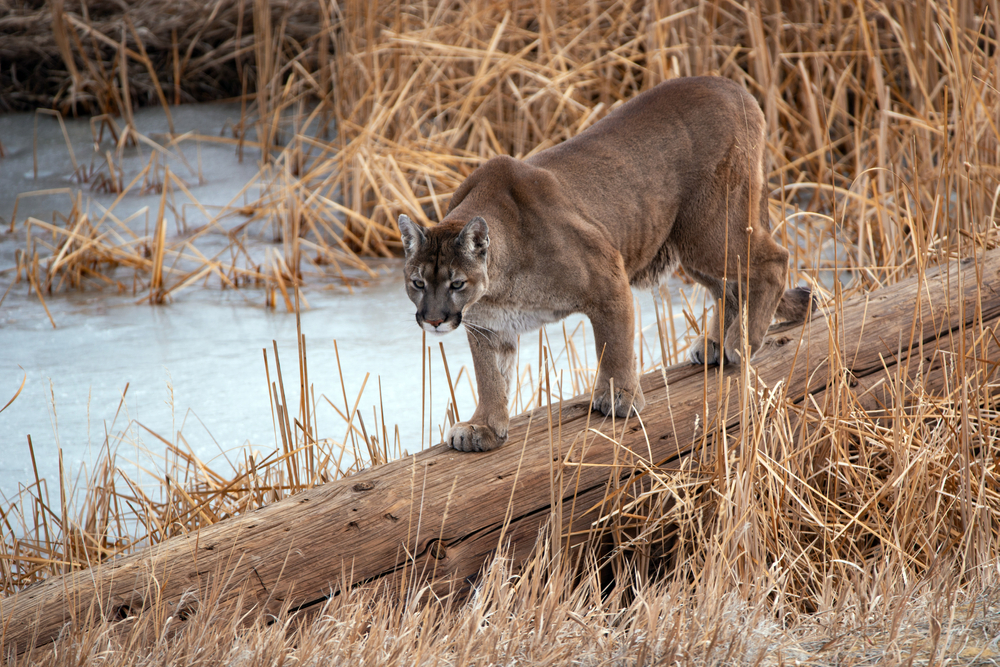
Trail runner Sarah Kempton was tackled by a juvenile mountain lion in Colorado. When it clamped onto her arm, she remembered advice to fight back aggressively rather than play dead. She gouged its eyes and screamed, surprising the inexperienced hunter.
Wildlife officers later explained young cougars often make mistakes when hunting. Kempton’s counterattack convinced the cat she wasn’t worth the trouble. She walked away with deep lacerations but avoided fatal neck bites by keeping her backpack between them. Her story changed local guidelines for predator encounters. As noted by Extension USU, fighting back aggressively against mountain lions can deter attacks effectively.
5. The Fisherman Who Wrestled a Leopard
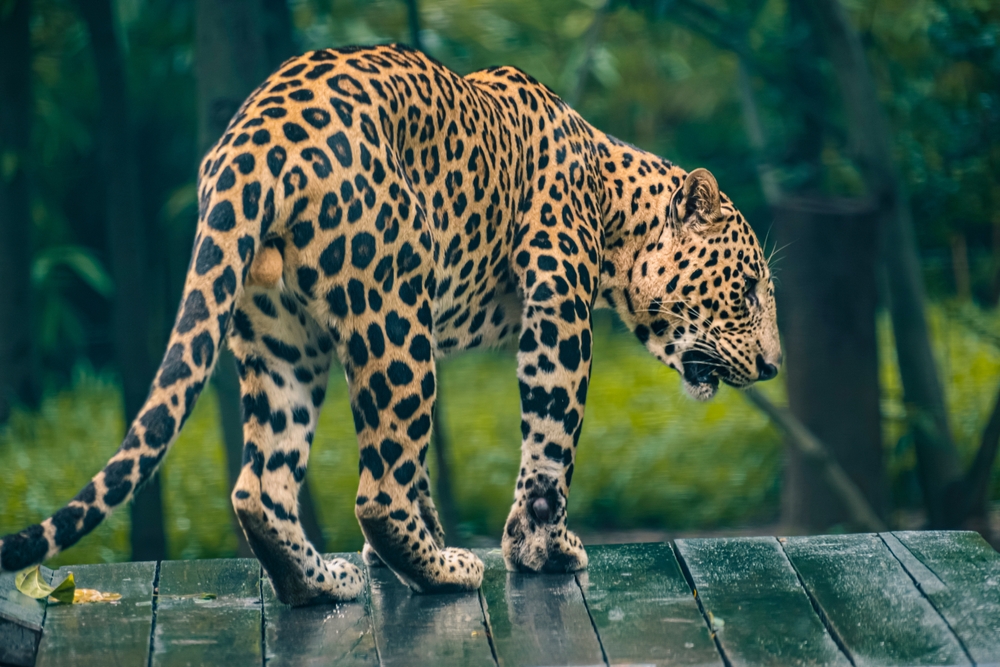
In rural India, Anand Patel was fishing when a leopard attacked from behind. He managed to get his arm in its mouth to protect his throat, then used his free hand to repeatedly punch its nose – a sensitive area. The big cat eventually released him and fled.
Conservationists believe the leopard was old and desperate, explaining its unusual daytime attack on a human. Patel’s quick thinking to protect vital areas and fight back against a weakened predator saved his life. He now leads workshops on human-wildlife conflict resolution.
6. The Tourist Who Survived a Hippo Charge
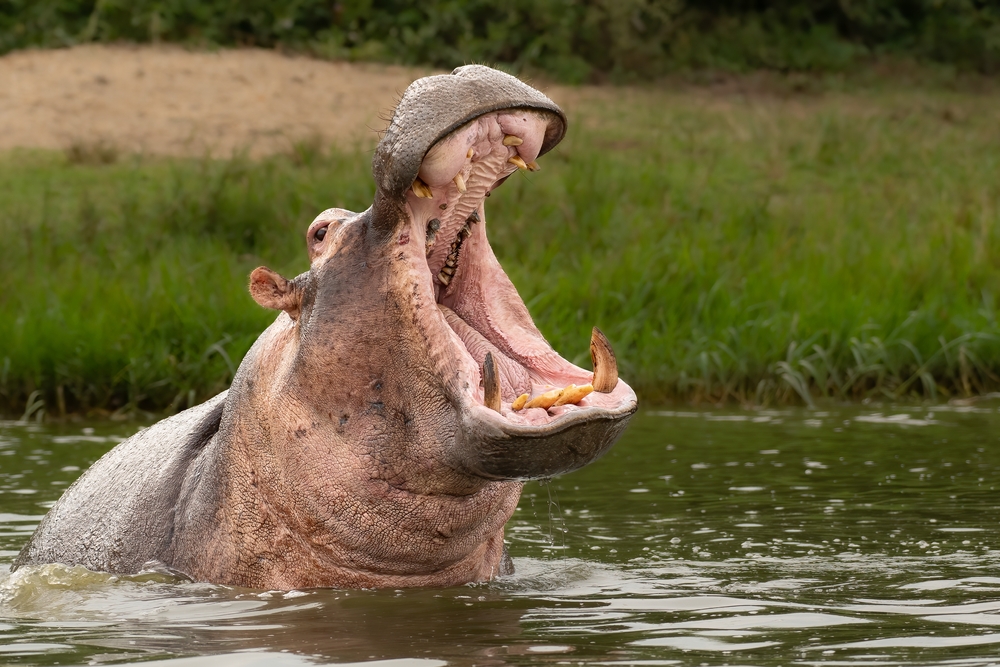
On a Kenyan safari, Emma Laurent’s group strayed too close to a hippo’s river territory. When it charged, she instinctively climbed a nearby termite mound rather than running – a decision that saved her life. Hippos can outrun humans but struggle with elevation changes.
The hippo circled the mound for an hour before leaving. Park rangers later explained that hippos kill more humans than lions in Africa, usually by trampling or biting. Laurent’s vertical escape route proved unexpectedly effective against the territorial animal.
7. The Hunter Saved by a Wounded Bear
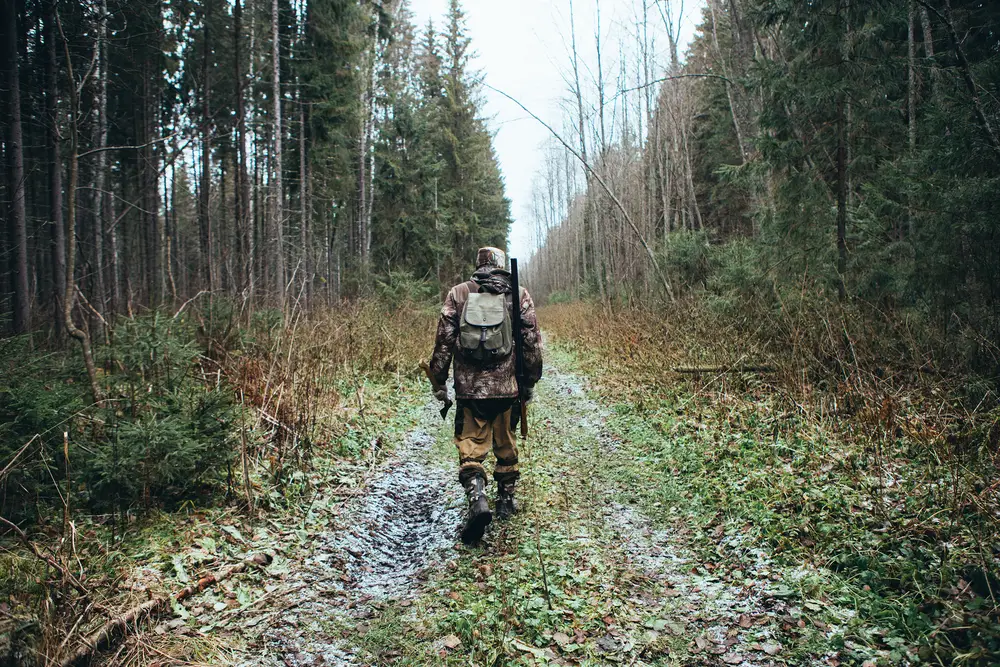
Alaskan hunter Carl Yakely mistakenly shot a grizzly without killing it, triggering a furious charge. Out of ammo, he grabbed his knife as the bear stood over him. In a surreal twist, the bear suddenly collapsed mid-attack – his initial shot had eventually taken effect.
Wildlife biologists say such scenarios are why hunters are taught to carry backup protection. Yakely’s willingness to fight rather than submit may have bought him the crucial minutes until the bullet’s delayed effect. He now advocates for carrying bear spray alongside firearms.
8. The Diver Who Survived a Giant Squid Attack
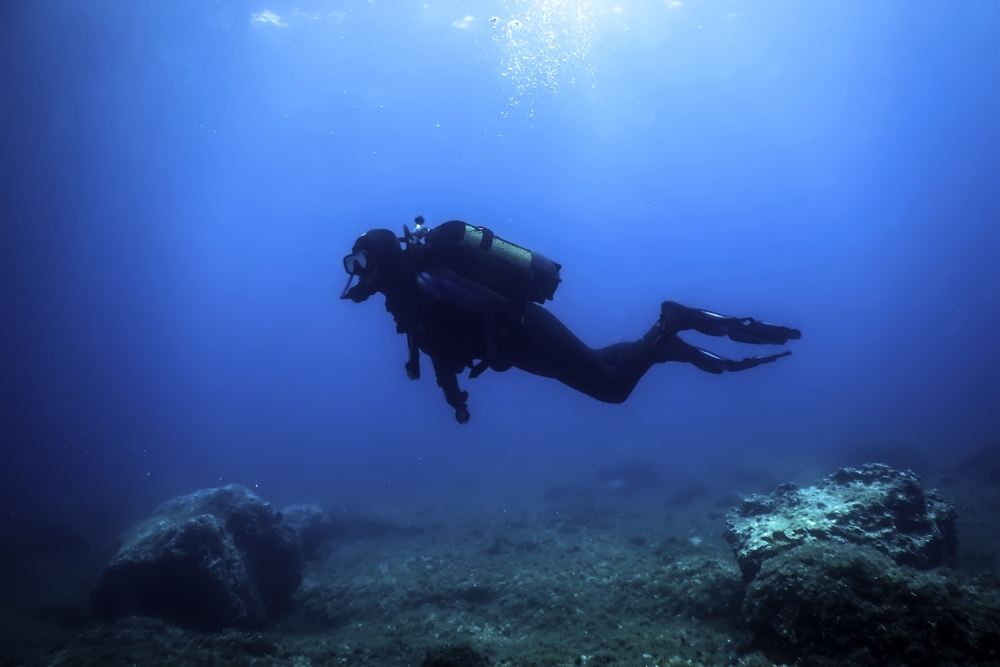
Marine researcher Dr. Ian Wu was studying Humboldt squid when one grabbed him and began pulling him deeper. Knowing these cephalopods hunt by sight, he turned off his lights and went limp. The confused squid released him after a terrifying minute.
Wu’s understanding of squid behavior proved lifesaving. Humboldt squid typically release prey that stops reacting, suggesting it’s dead. His calm response under extreme duress is now part of dive safety protocols for cephalopod researchers.
9. The Ranger Who Stared Down a Wolf Pack

Yellowstone ranger Daniela Ortiz found herself surrounded by seven wolves during a winter patrol. Rather than run, she made herself appear larger and maintained eye contact with the alpha. According to wolf behavior studies, this signals you’re not prey.
After an intense standoff, the pack lost interest and trotted away. Ortiz credits her survival to understanding wolf social dynamics – showing fear would have triggered their predatory instincts. Her experience informed new protocols for rangers working in wolf territories.
10. The Farmer Who Fought Off a Crocodile
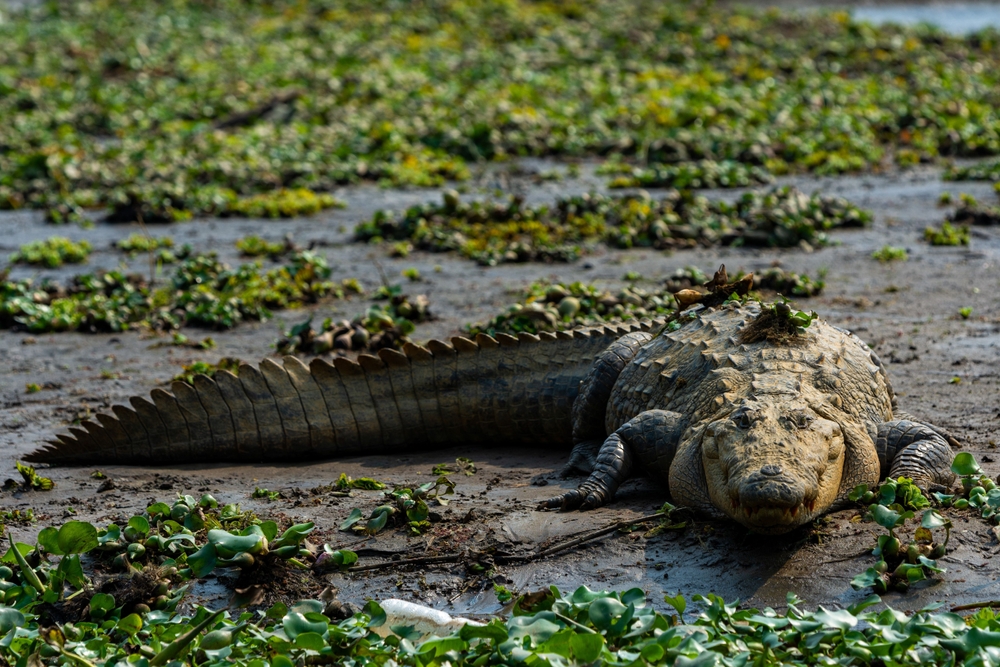
In northern Australia, Jack Warner was dragged into a river by a saltwater crocodile while checking fences. He managed to jab his fingers into its nostrils – a sensitive spot – causing it to release briefly. This gave him time to grab a floating log and wedge it in the croc’s jaws when it attacked again.
Wildlife experts confirm crocs rely on jaw strength; keeping their mouths open neutralizes their main weapon. Warner’s quick thinking allowed him to escape with severe leg wounds. His improvised techniques are now taught in croc country survival courses.
